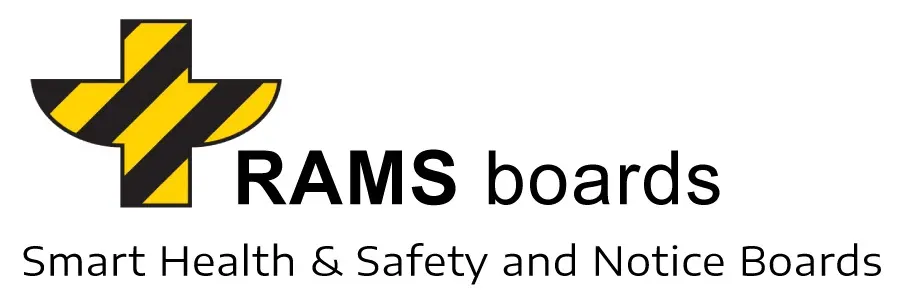The adoption of RAMS boards in place of traditional safety signage brings a multitude of cost benefits, especially in the context of construction and industrial settings where safety and information dissemination are paramount. These benefits are not just limited to the initial investment but extend to long-term savings and efficiencies. Here’s an in-depth look at these advantages:
- Durability and Longevity: RAMS boards are manufactured using High-Density Polyethylene (HDPE), a material known for its resilience and long-lasting qualities. Unlike traditional signage, which may degrade more quickly due to environmental factors, RAMS boards can withstand extreme weather, UV exposure, and other challenging conditions, reducing the frequency and cost of replacements.
- Reusability Across Multiple Sites: One of the significant cost benefits of RAMS boards is their reusability. These boards can be easily relocated and used across various construction projects or within different areas of a large industrial site, effectively spreading the cost over multiple uses and reducing the need for purchasing new signage for each new project.
- Reduced Maintenance Costs: RAMS boards require minimal maintenance, primarily involving basic cleaning. This low-maintenance nature stands in contrast to traditional signage, which may require more frequent upkeep or replacement, thereby incurring additional costs.
- Eco-Friendly Investment: The recyclable nature of RAMS boards makes them an eco-friendly choice. By investing in a product that can be completely recycled at the end of its lifecycle, companies can avoid the costs associated with disposing of non-recyclable traditional signage materials, aligning with sustainable practices and potential regulatory incentives.
- Customization and Adaptability: RAMS boards can be customized to display a variety of information, including safety notices, operational guidelines, and compliance regulations. This adaptability eliminates the need for multiple different signs, reducing the overall cost of safety signage on site.
- Enhanced Safety Compliance: By effectively communicating safety information and guidelines, RAMS boards contribute to a safer work environment. This can potentially reduce the costs associated with workplace accidents and injuries, such as medical expenses, legal liabilities, and downtime.
- Effective Communication in Multi-Lingual Settings: RAMS boards are designed to accommodate information in multiple languages, which is crucial in diverse workforces. This feature helps avoid the costs associated with misunderstandings or non-compliance due to language barriers, which might not be as efficiently addressed by traditional signage.
- Scalability and Flexibility: The ability to integrate digital elements and other accessories into RAMS boards offers scalability and flexibility that traditional signage may lack. This means that as safety requirements evolve, RAMS boards can be updated or modified without the need for complete replacement, offering cost savings over time.
- Time Efficiency: The ease of updating information on RAMS boards saves time compared to replacing or updating traditional signage, translating into cost savings in terms of labor and operational efficiency.
- Brand and Image Enhancement: The professional appearance and customizability of RAMS boards can enhance a company`s brand image in terms of its commitment to safety and professionalism. This intangible benefit, while not directly a cost saving, can contribute to a company`s reputation and, in the long run, to its business success.
In conclusion, the cost benefits of using RAMS boards over traditional safety signage are multifaceted, encompassing durability, reusability, reduced maintenance, environmental sustainability, adaptability, and effective communication. These advantages make RAMS boards a financially sound choice for construction sites and industrial settings, offering both immediate and long-term cost savings.
